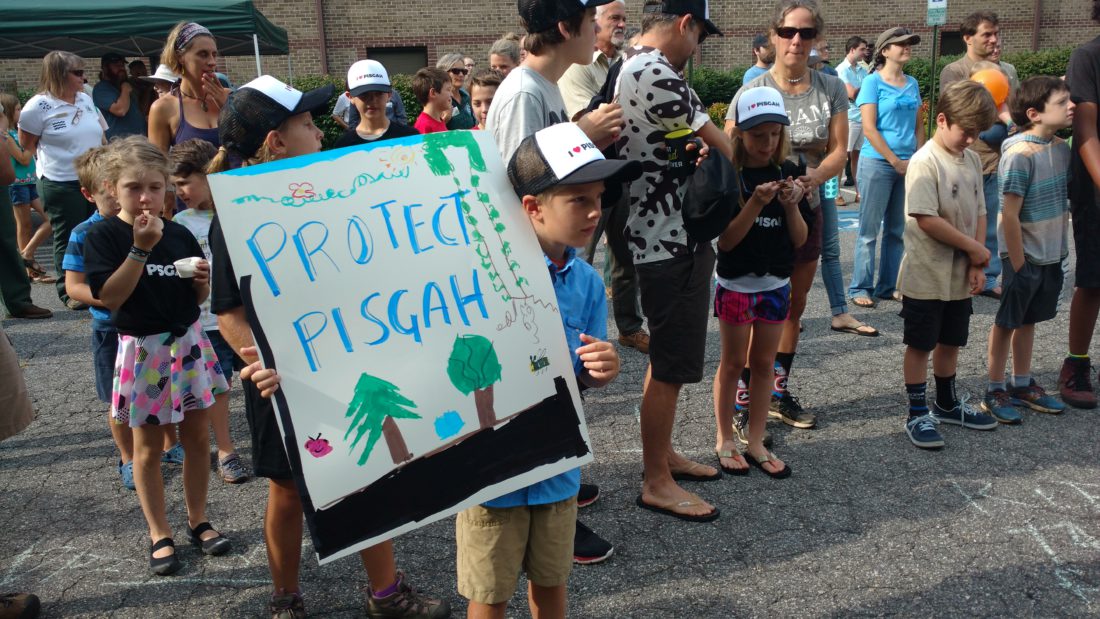Western North Carolina’s wild places and creatures lie at the heart of the region’s appeal, inspiring local artists and attracting visitors from across the globe. Events in 2018 promised to shape the future of those natural resources for years to come.
- U.S. Forest Service nears completion on Nantahala and Pisgah National Forests Plan revision: Approximately 1.1 million acres across WNC are covered by the two national forests, and the document will determine how that land is managed for 15-20 years. The plan is one of the first to be revised under new federal regulations, introduced in 2012, that emphasize community engagement; conservation groups continue to jockey with logging and hunting interests over the specifics.
- Blue Ridge Parkway adds Waterrock Knob: The national park’s largest gain in over 60 years, the Waterrock Knob expansion will conserve over 5,300 acres of rare spruce-fir forest and protect the drinking water source for Maggie Valley. Park officials used the addition to try out a new collaborative visioning process with area stakeholders.
- Prescribed burning heats up: Two years after massive wildfires in the region, controlled burning drew increasing attention as a conservation tool. A two-week training exercise in October and November attracted fire professionals from around the world, while a new publication highlighted burning’s benefits for wildlife in the Southern Blue Ridge.
- Invasive plants pose a threat: Whether introduced 100 years ago at the Biltmore Estate or yesterday at a garden store, non-native plant species threaten to choke out the diversity of WNC’s forests. Nonprofits EcoForesters, the Forest Stewards Guild and the Southern Appalachian Highlands Conservancy are waging a campaign to fight invasives in Sandy Mush — and some local foragers are making the best of the situation by eating kudzu.
- Water quality remains a concern: In May, MountainTrue released its first State of the French Broad Watershed report, which identified worse-than-anticipated water quality in several streams affected by agricultural runoff. But efforts continued to protect the region’s water, with the Pigeon River Fund doling out over $500,000 throughout the year to area organizations such as RiverLink and Asheville GreenWorks.
- Human-bear interactions raise questions: An increasing number of close calls between local bears and humans, including a September incident that injured a Swannanoa woman, led many WNC residents to comment in the pages of Xpress. One October opinion column asked whether it was time for the area to hold a “bear summit” on reducing problematic ursine encounters.




Conservation… yes, please!
More of it!
Maybe we can stop ripping up pavement to install “green areas” and replacing what were previous “green areas” with different kinds of pavement? Especially along the French Broad?
Maybe?
Yay!